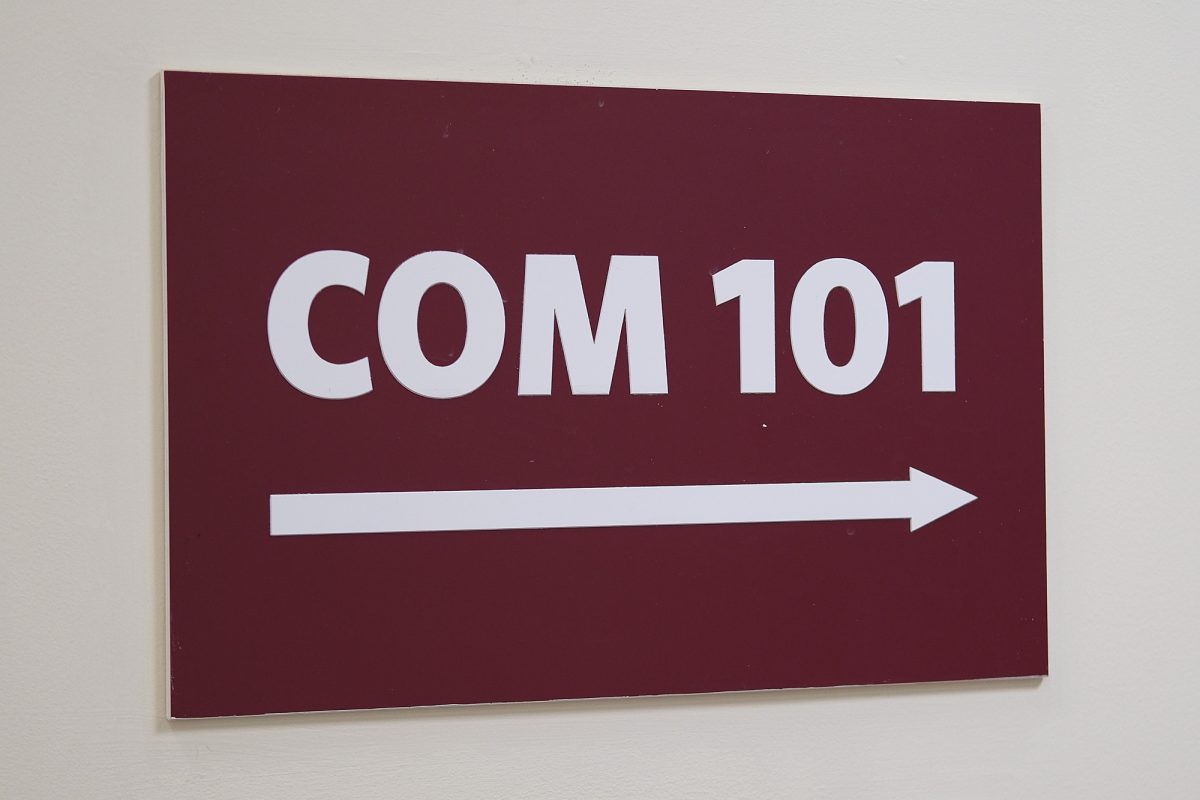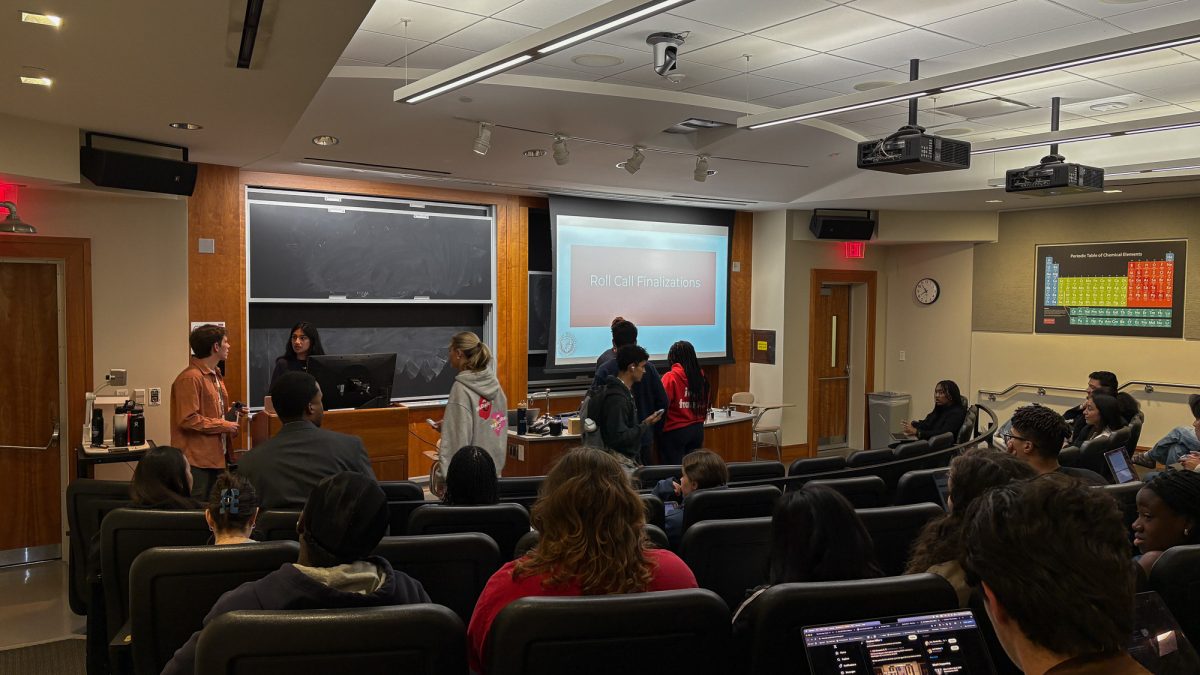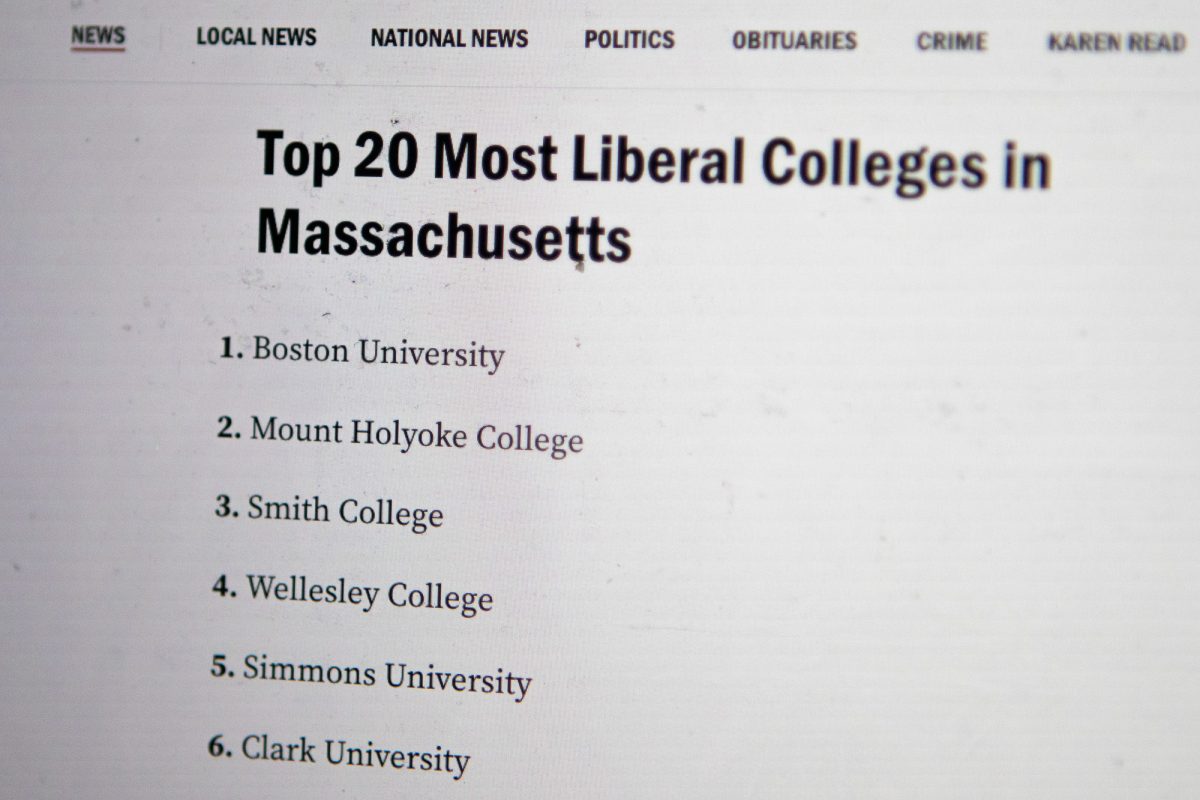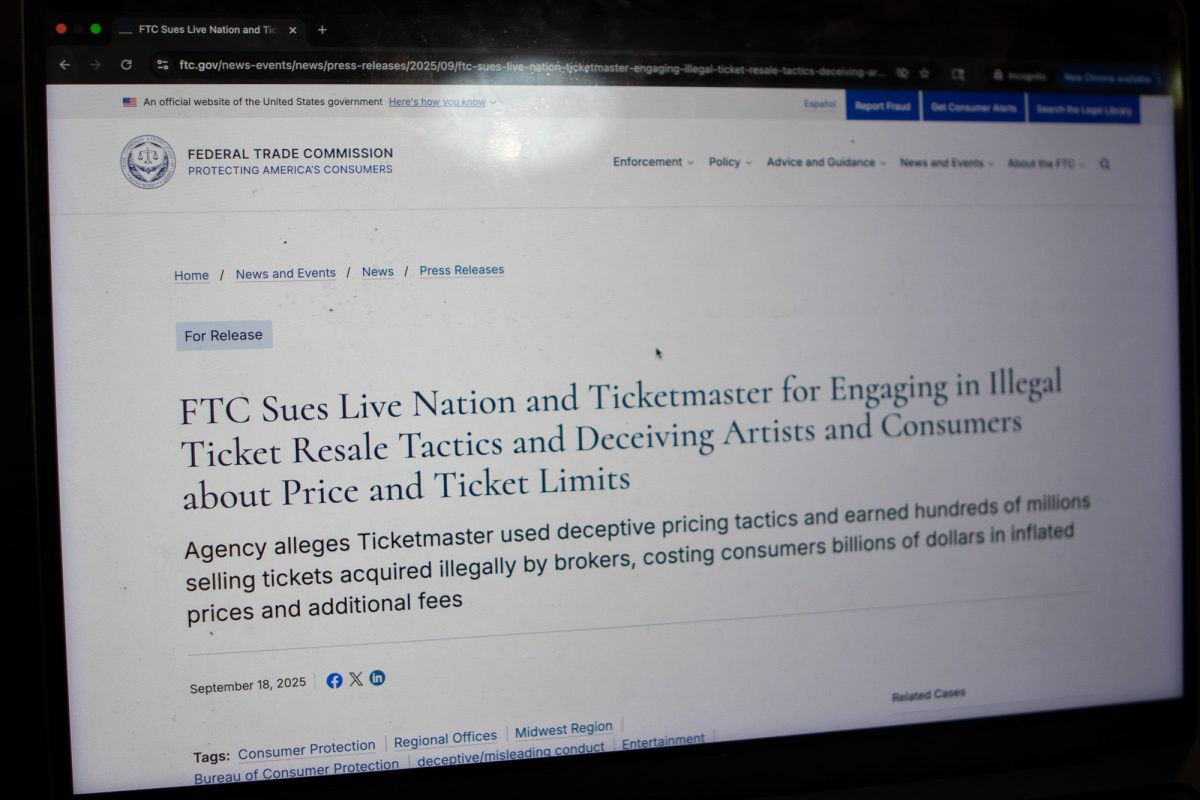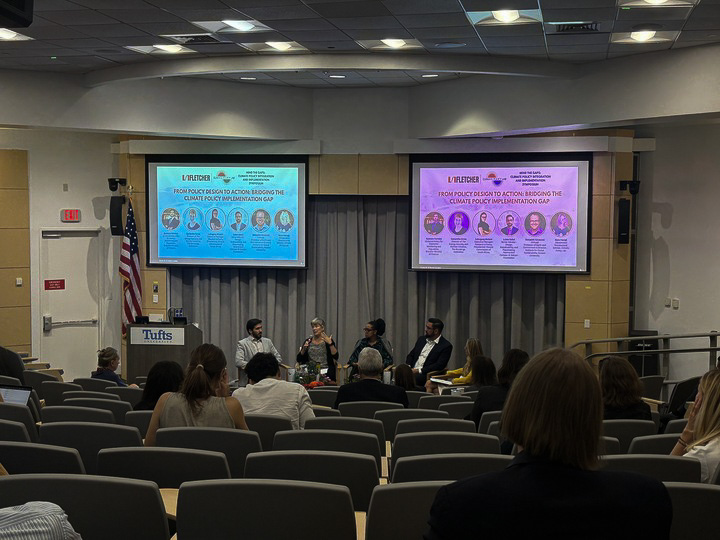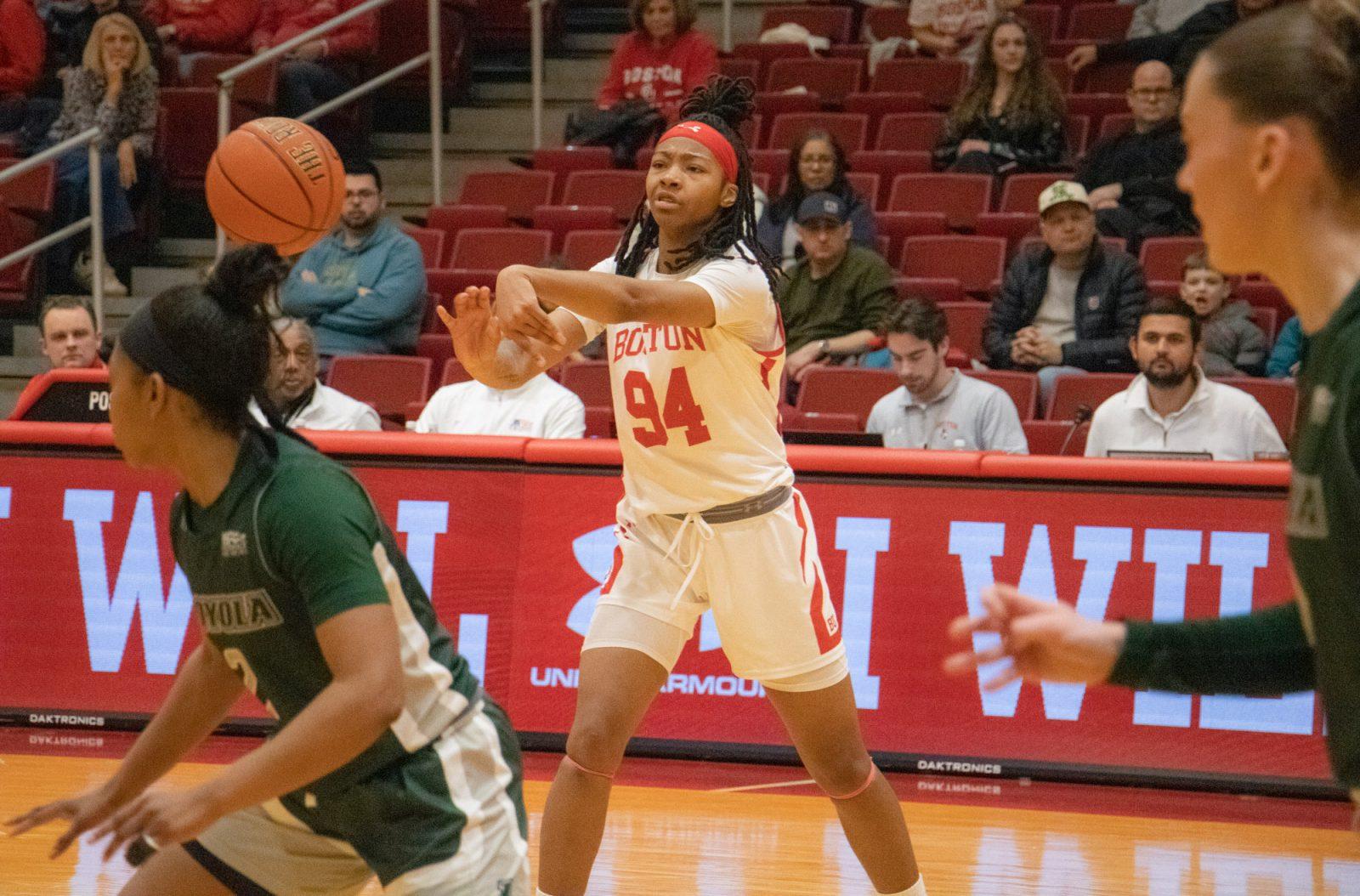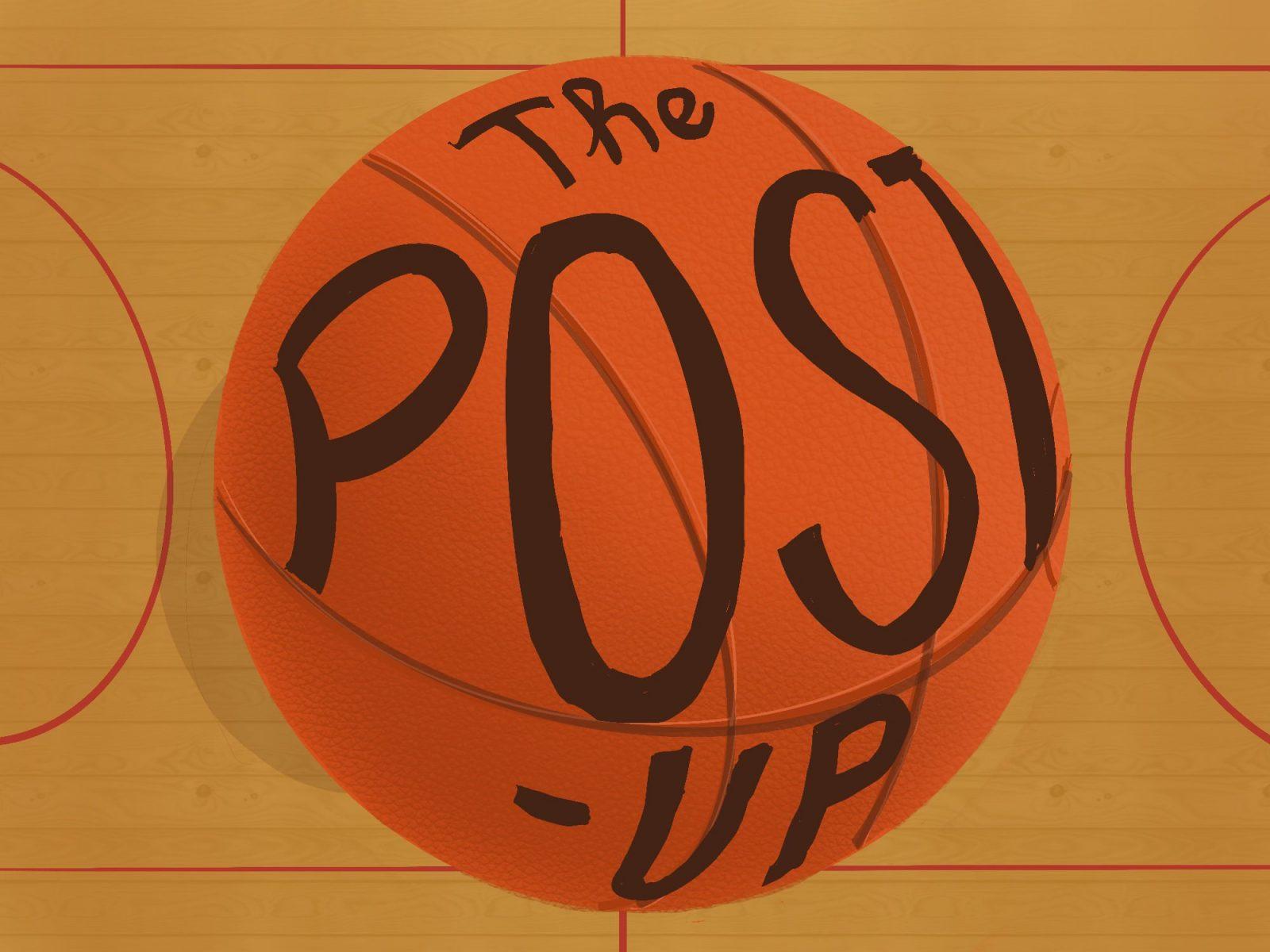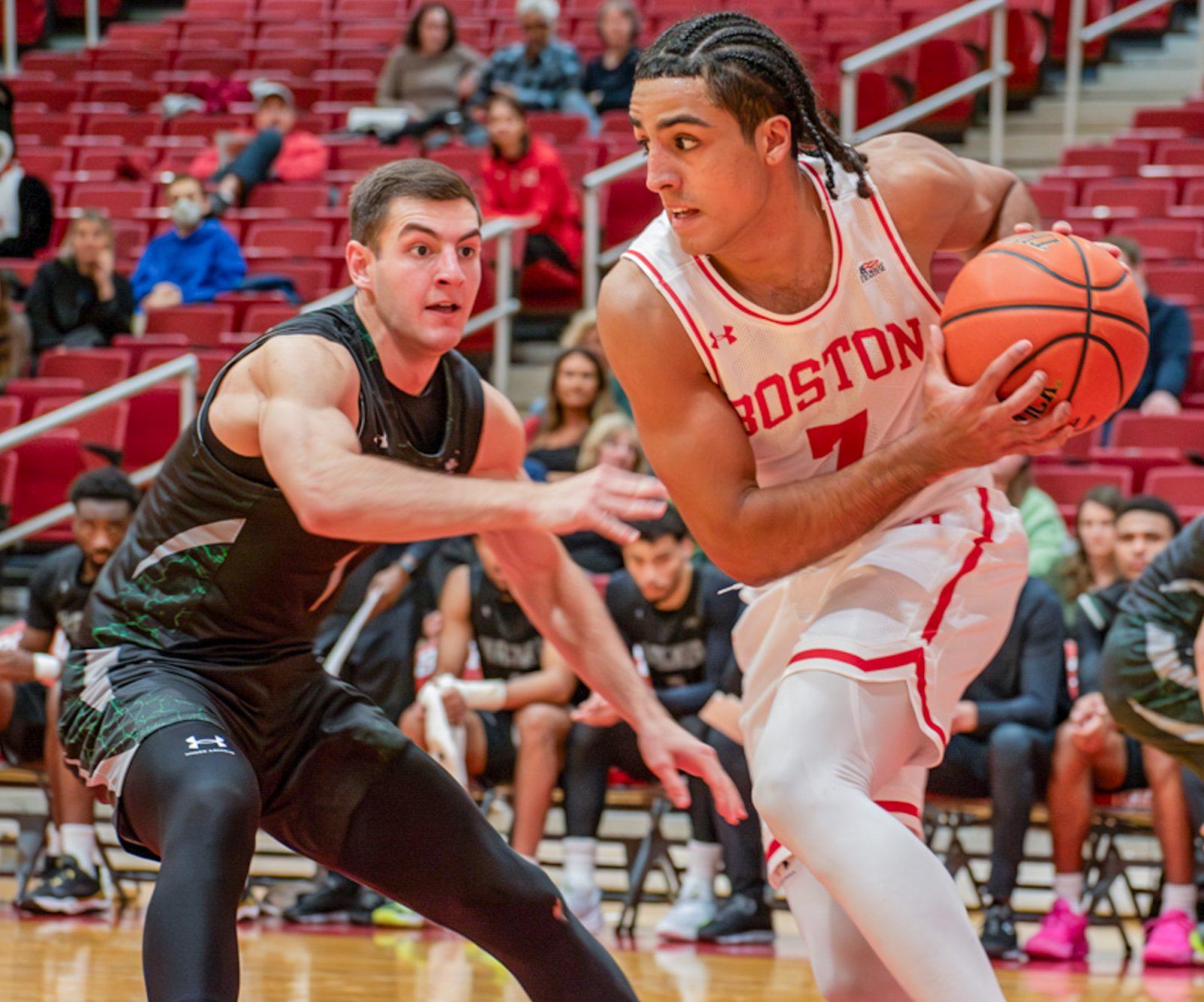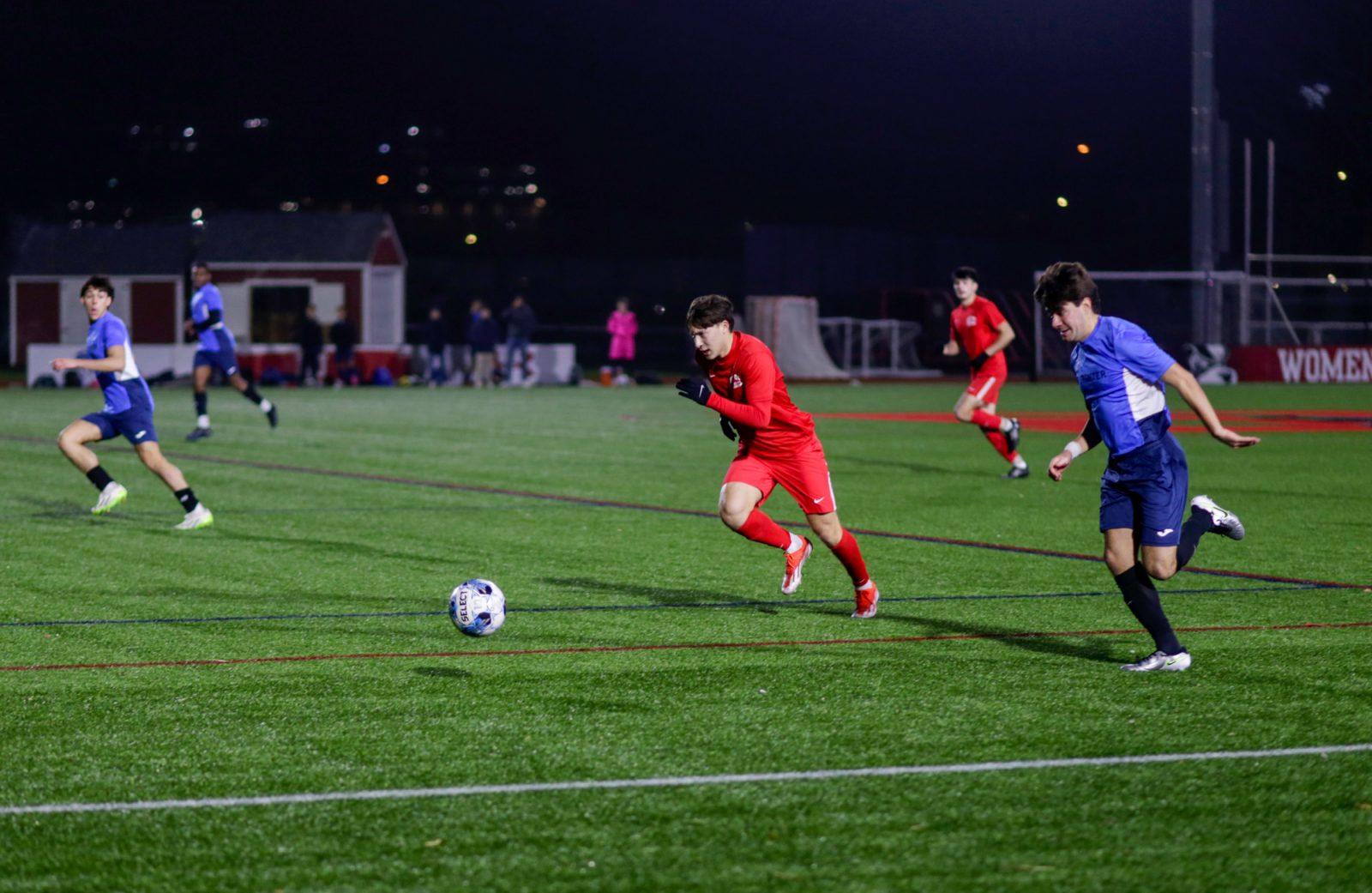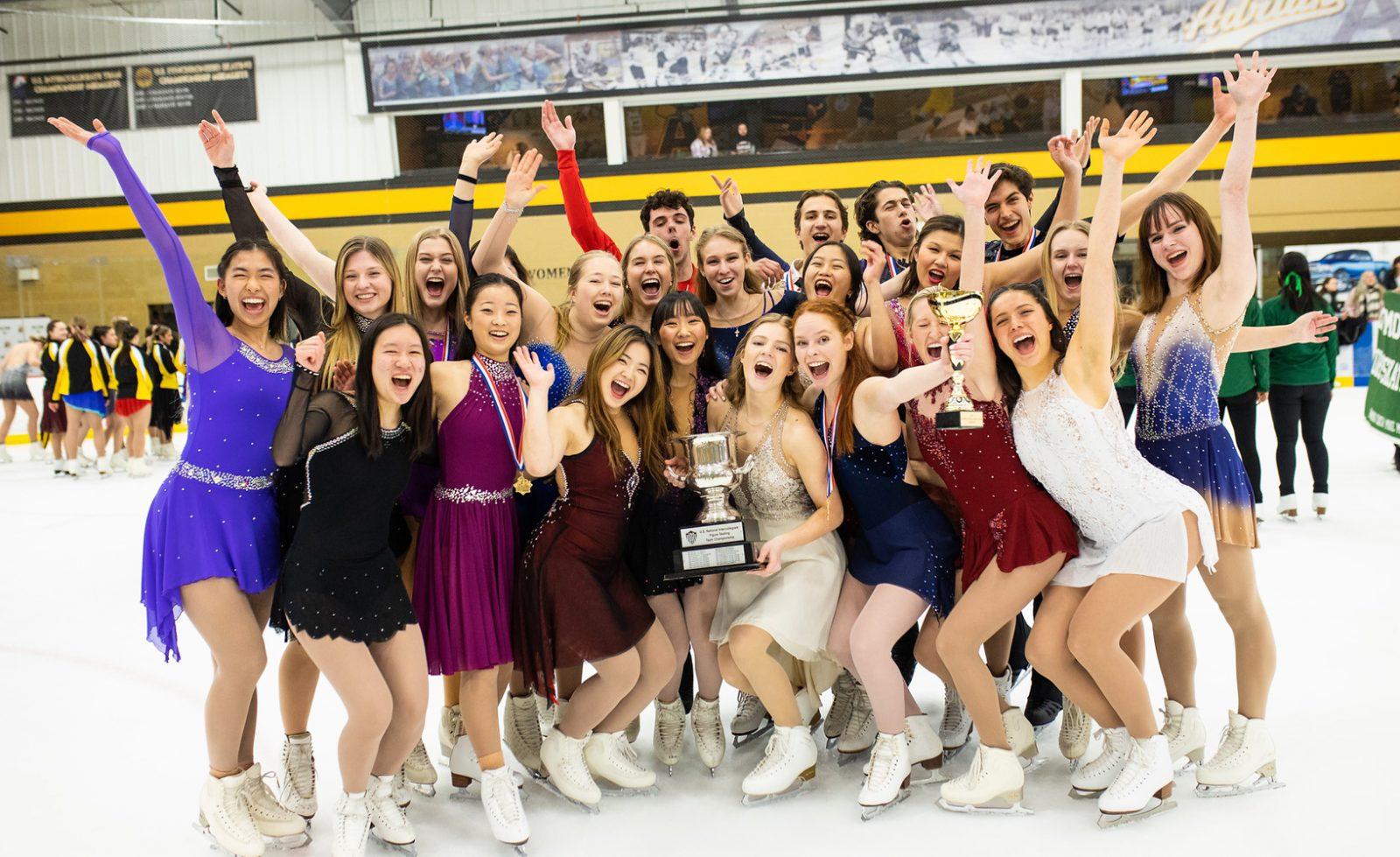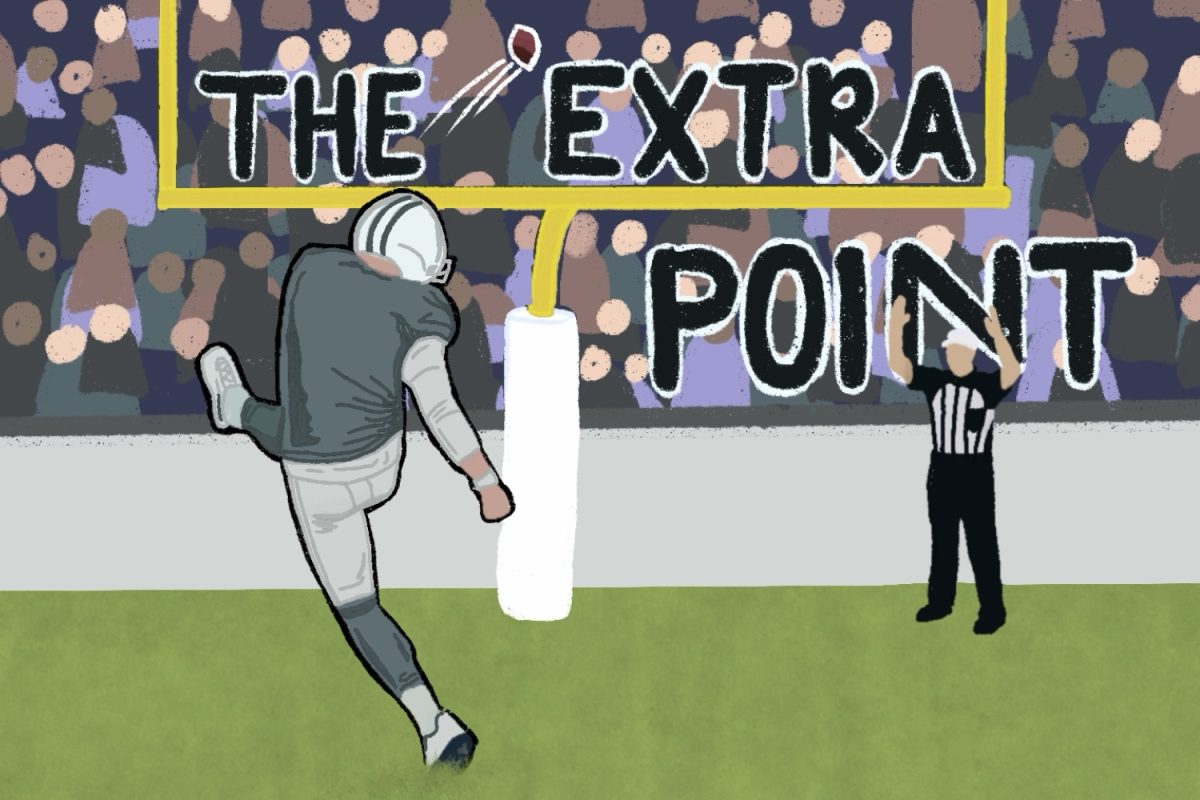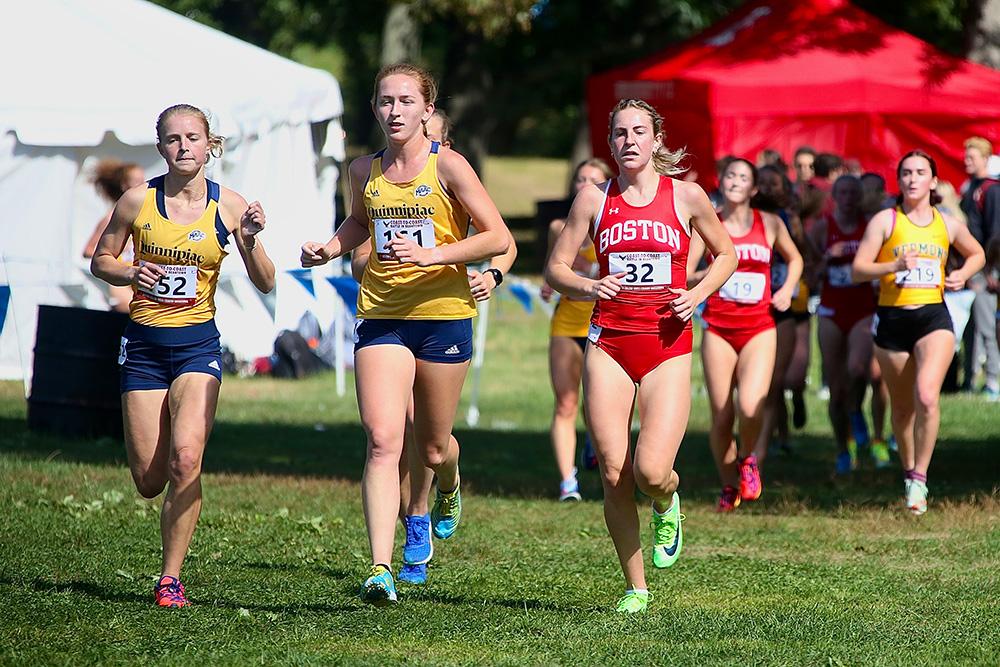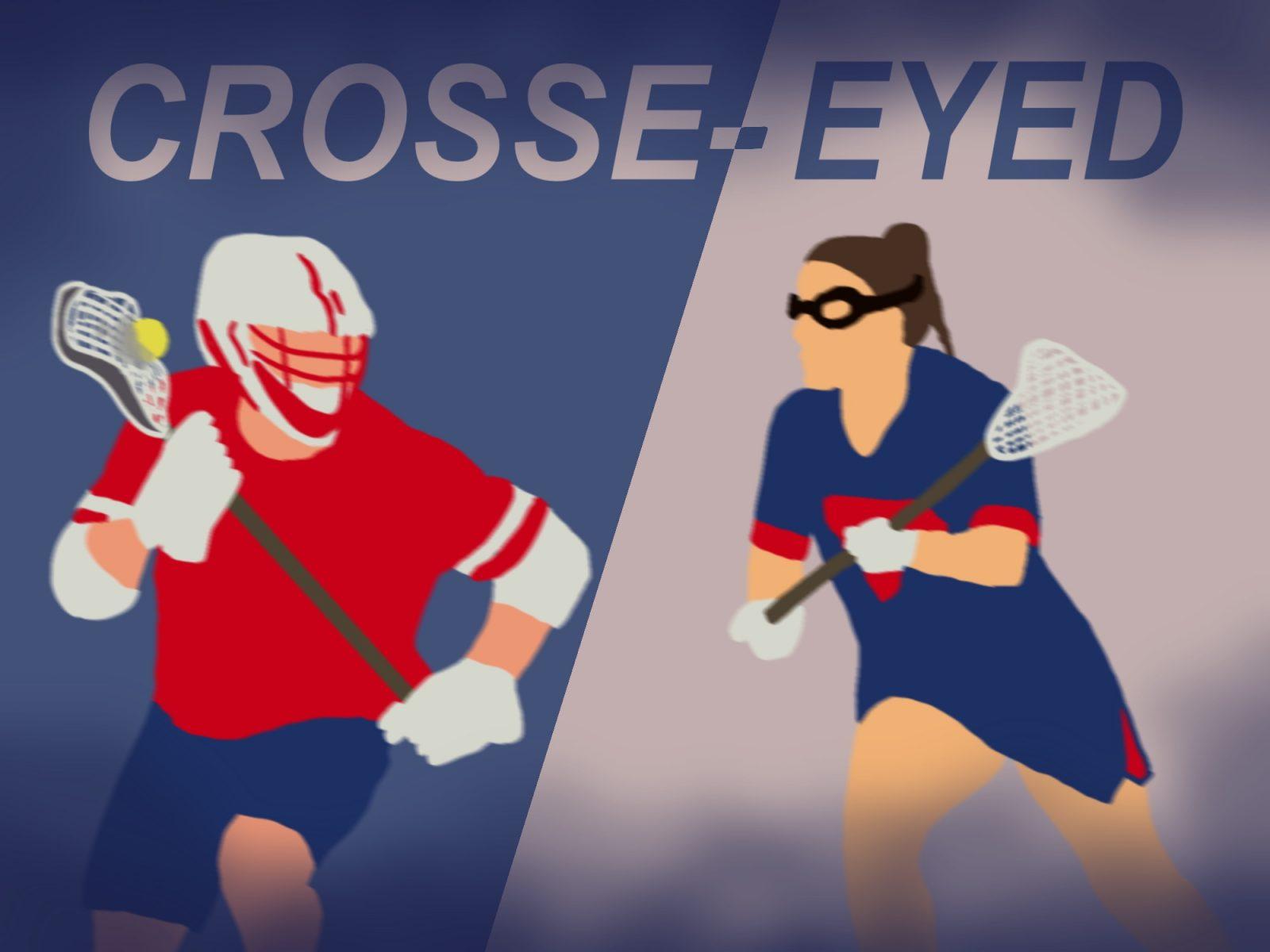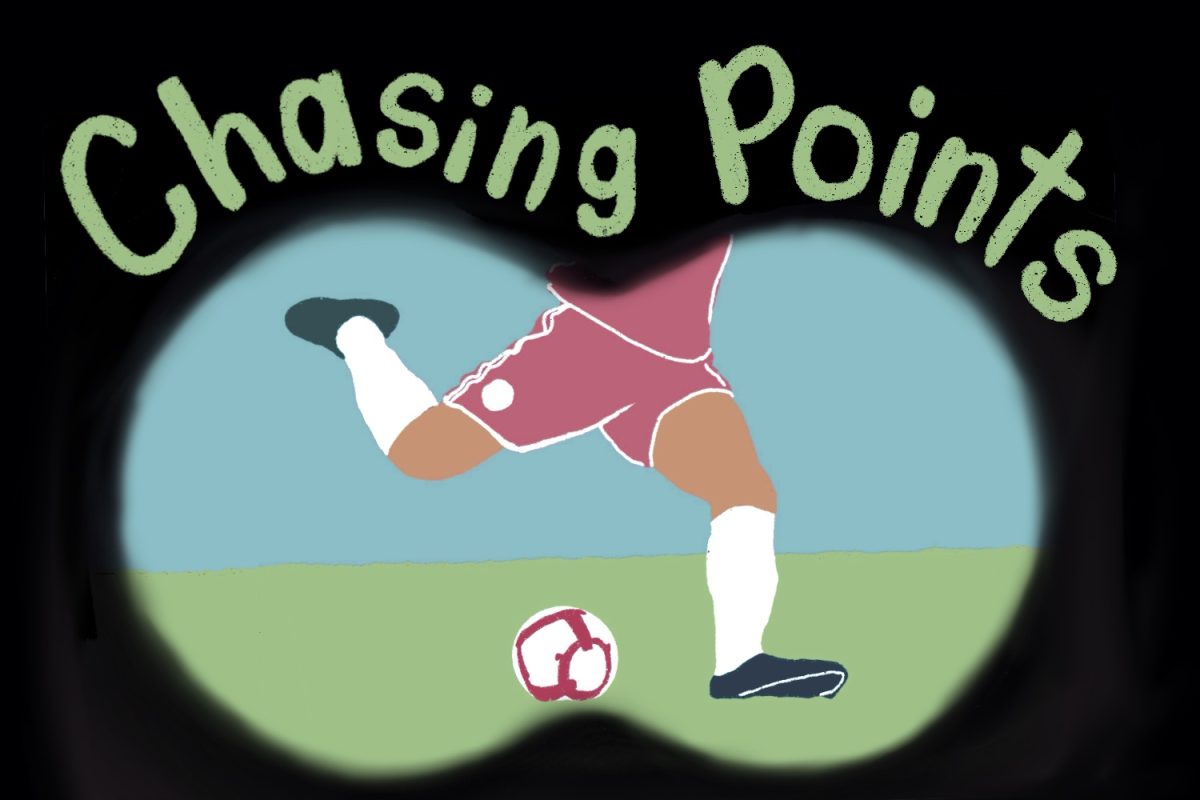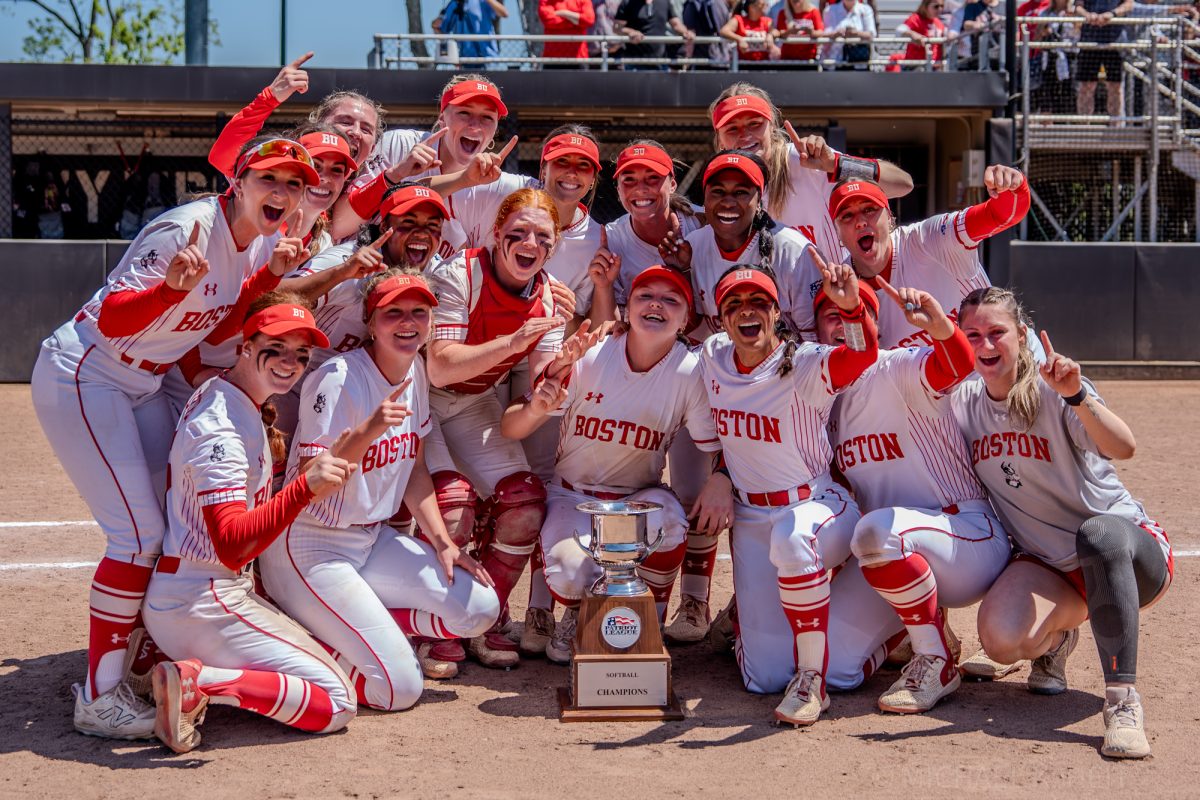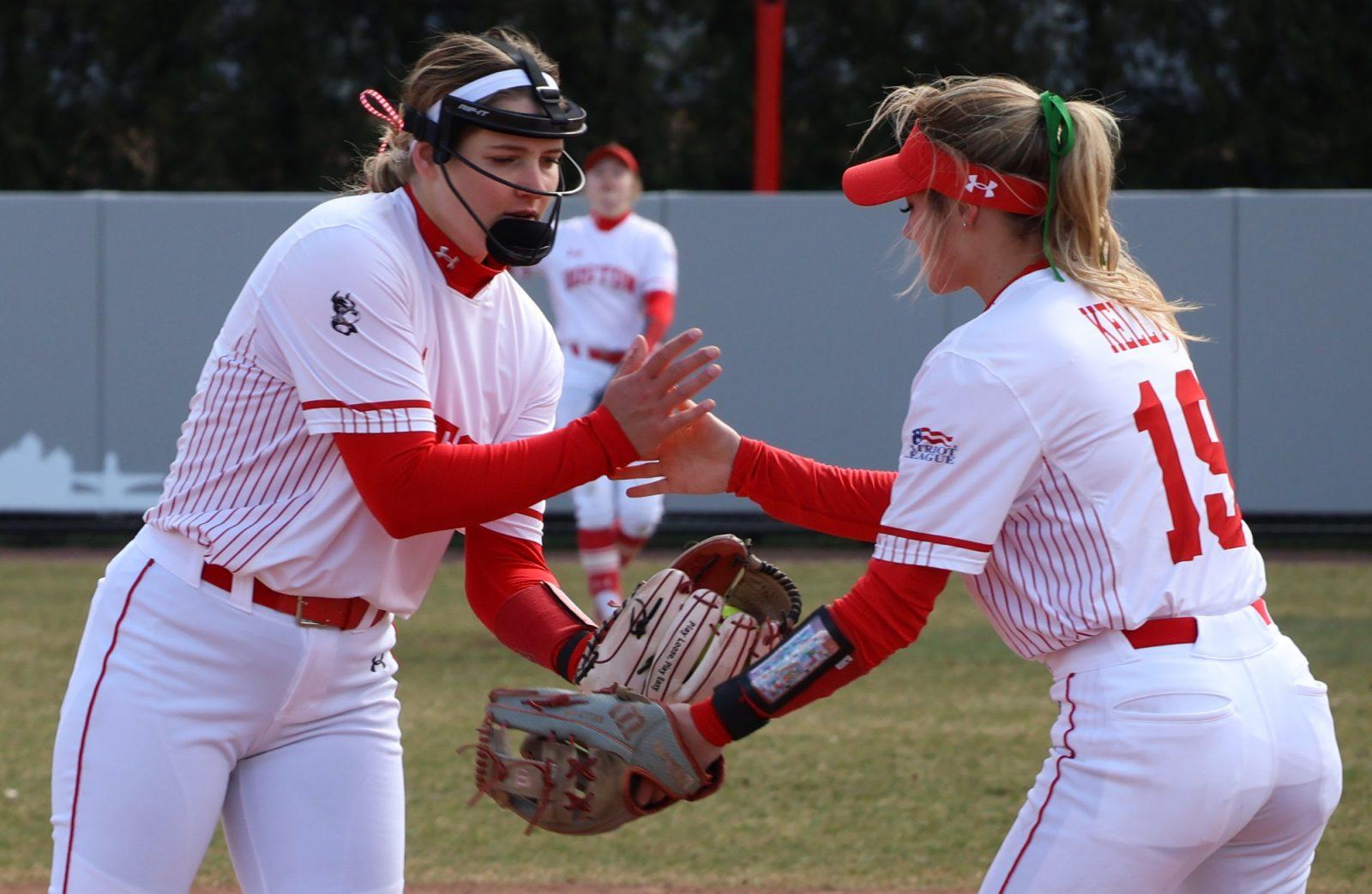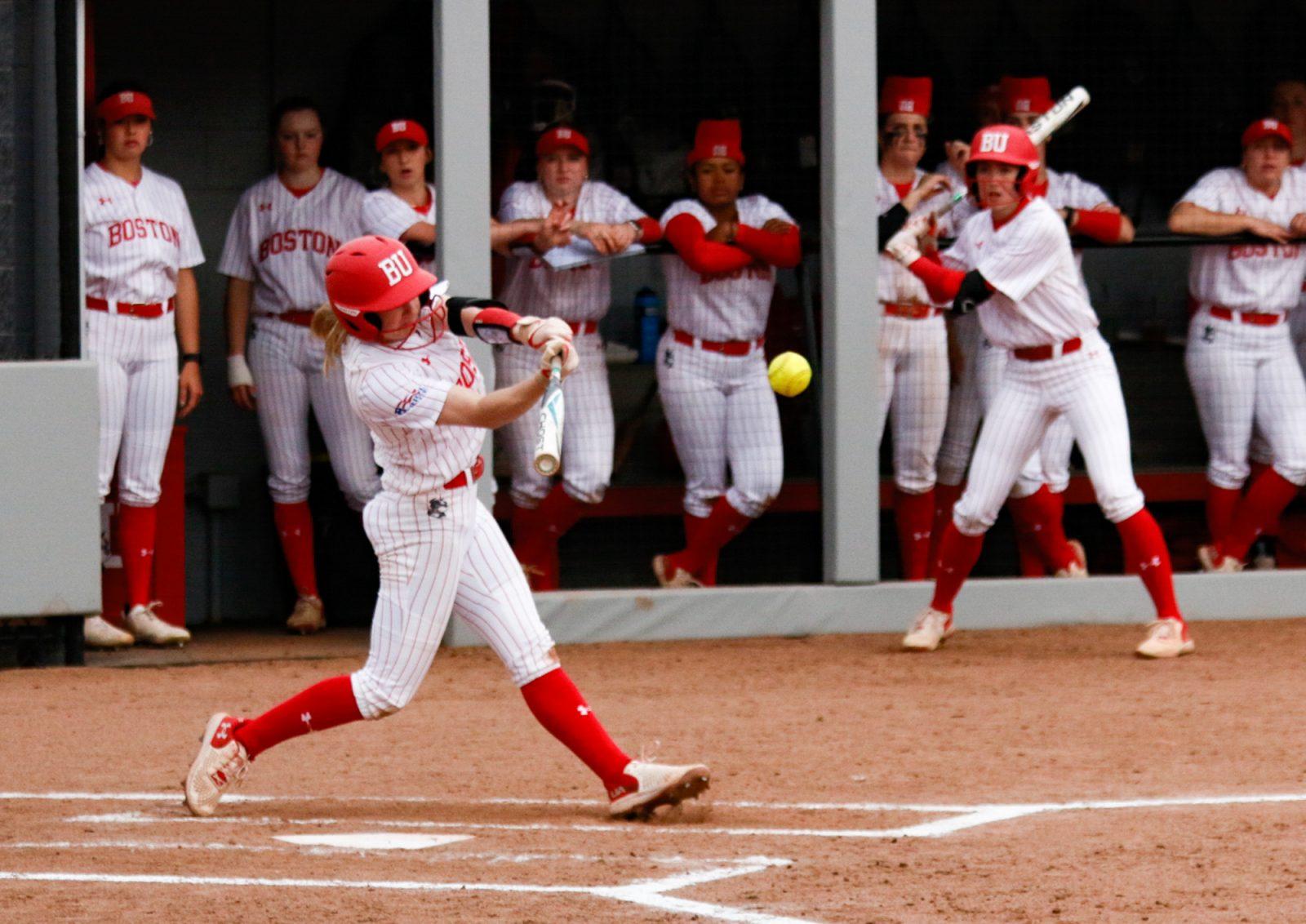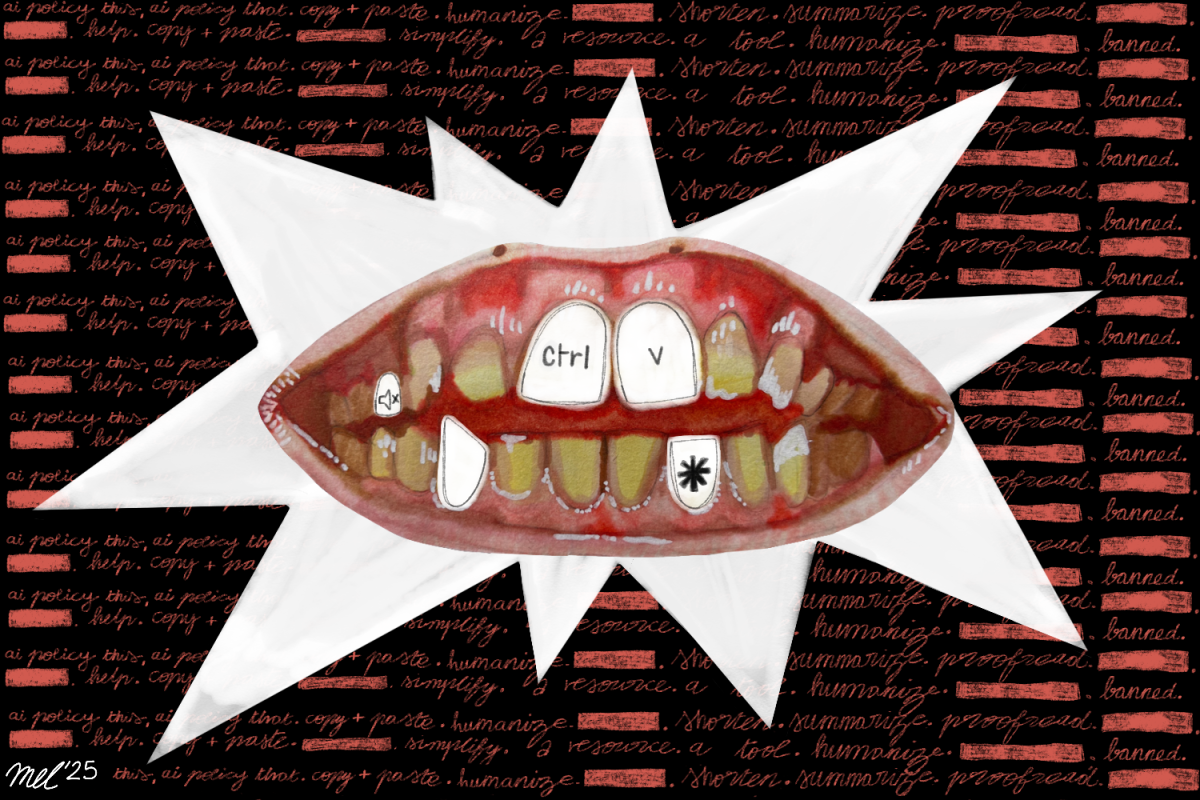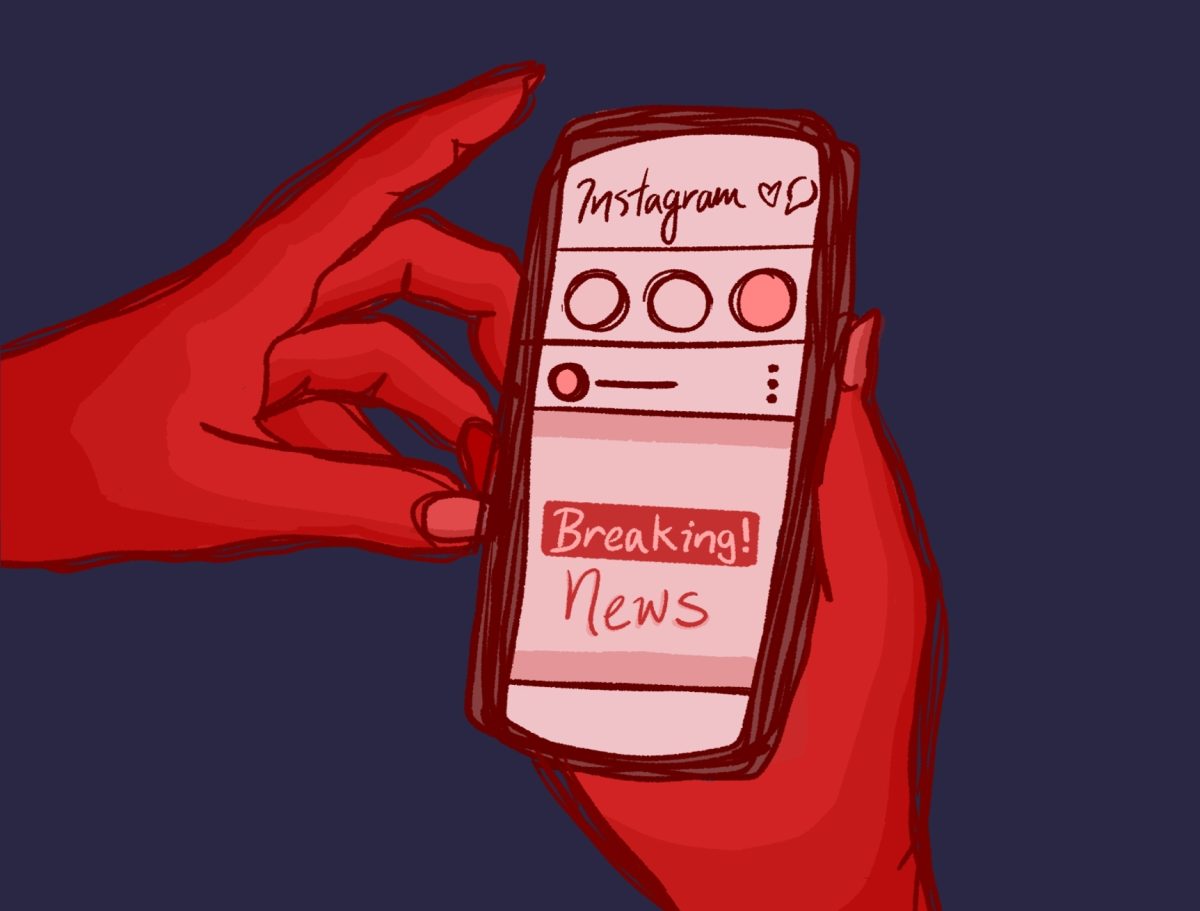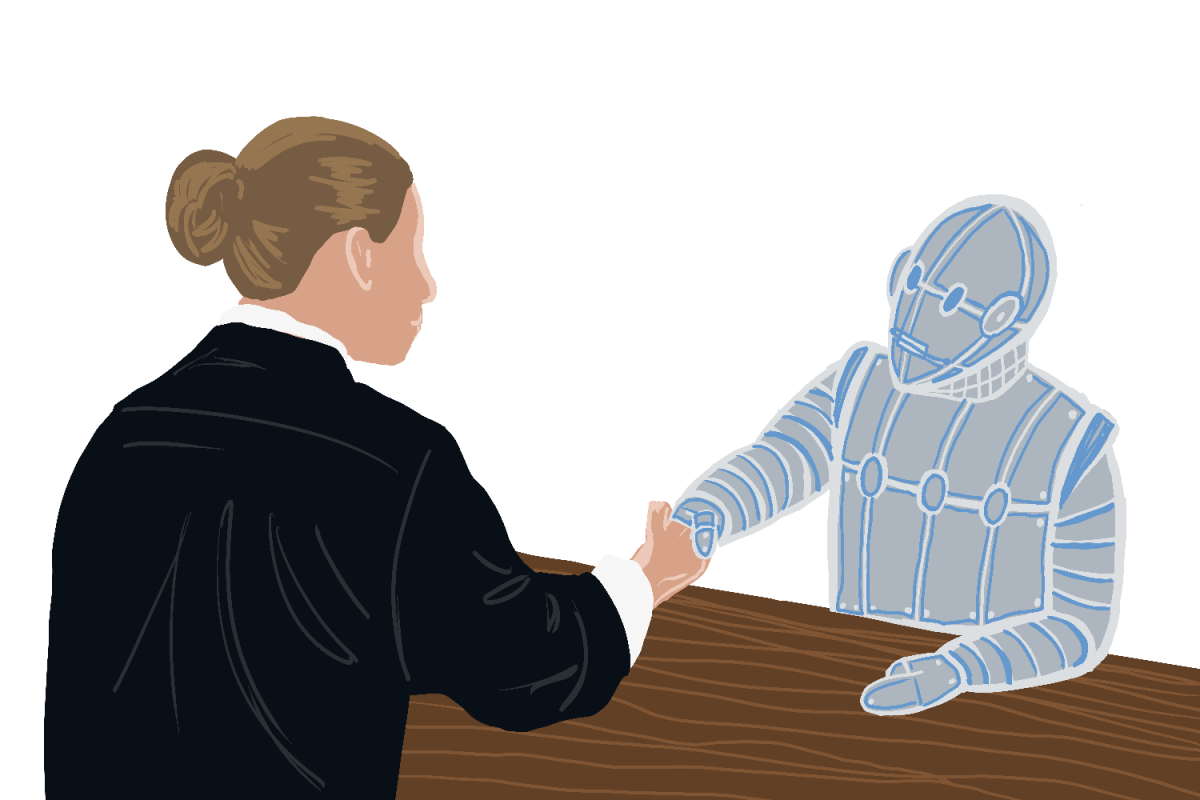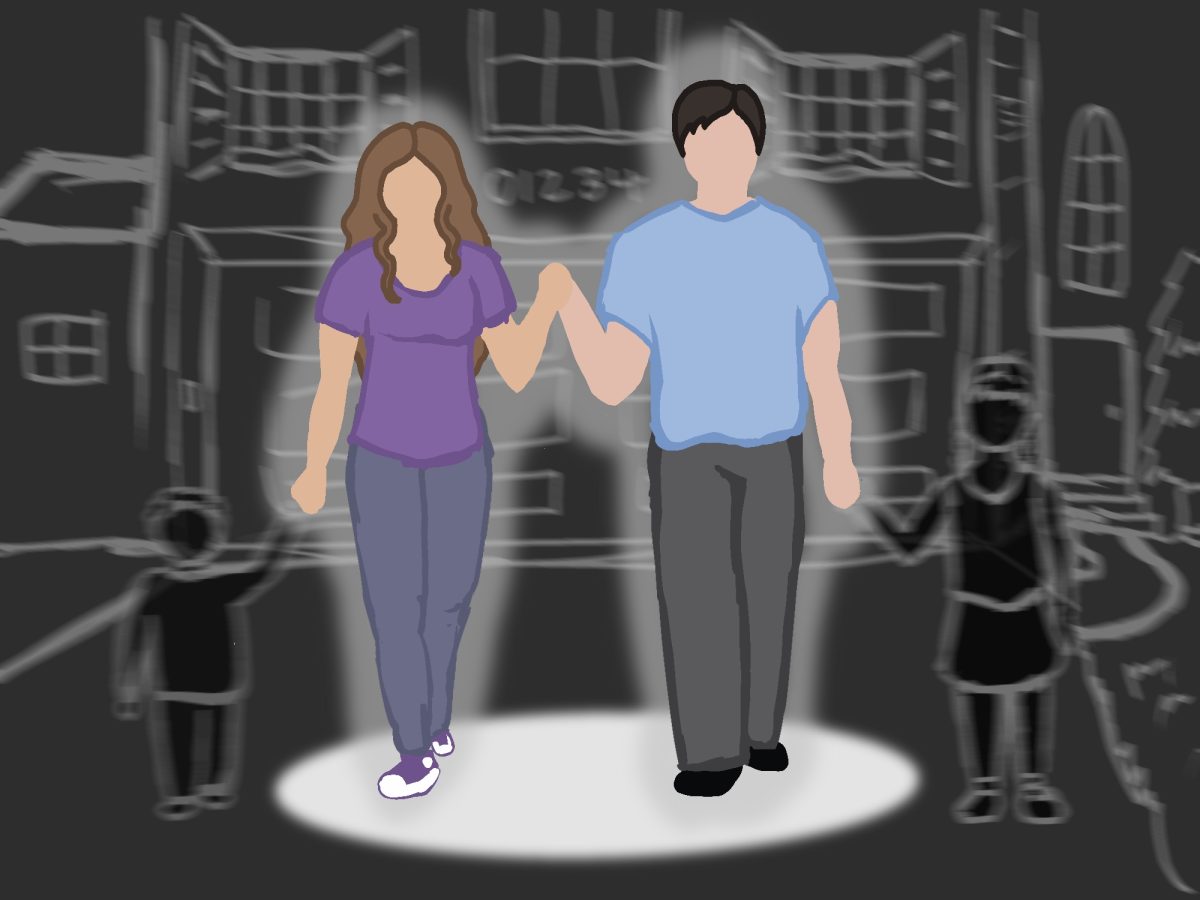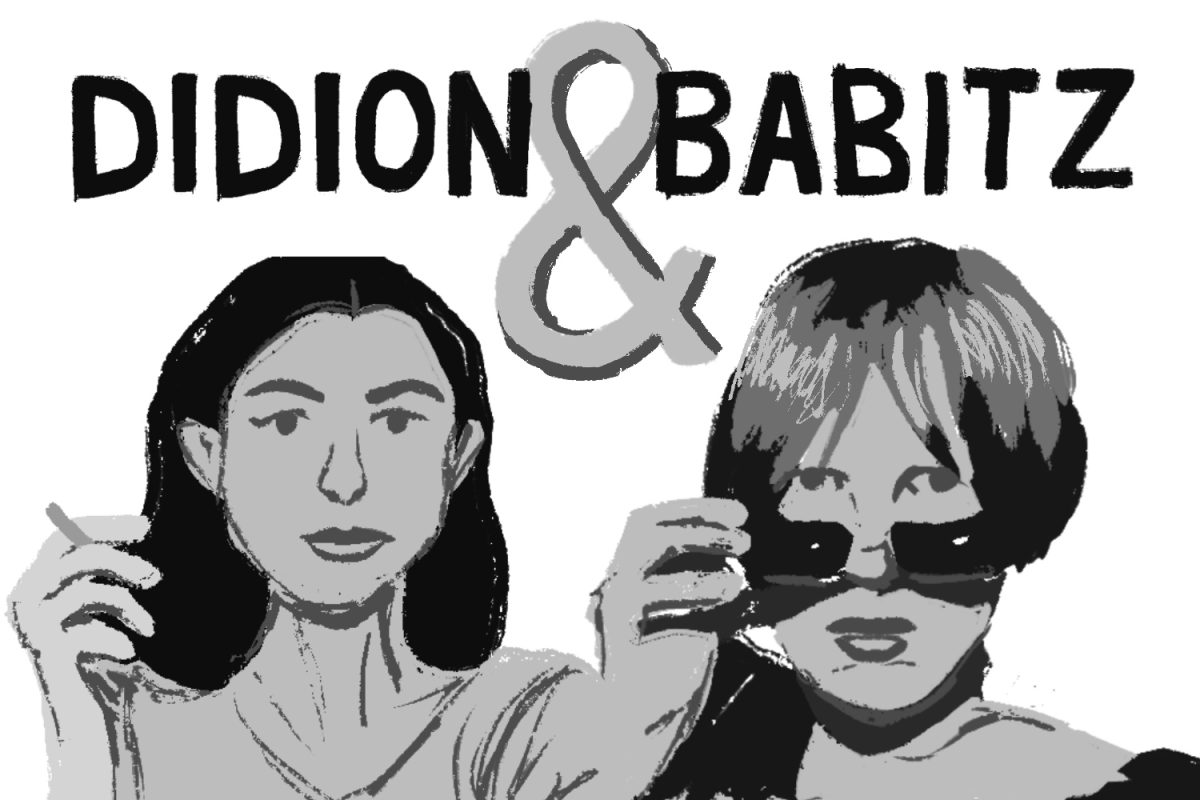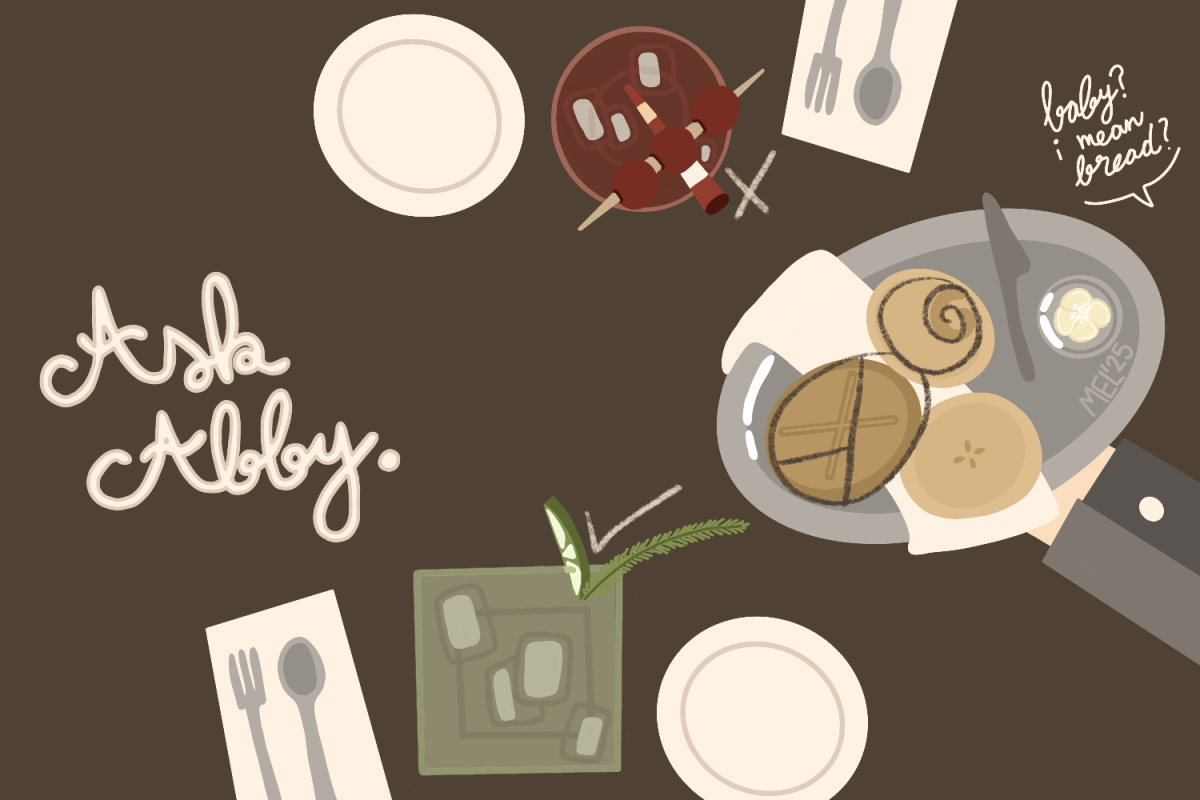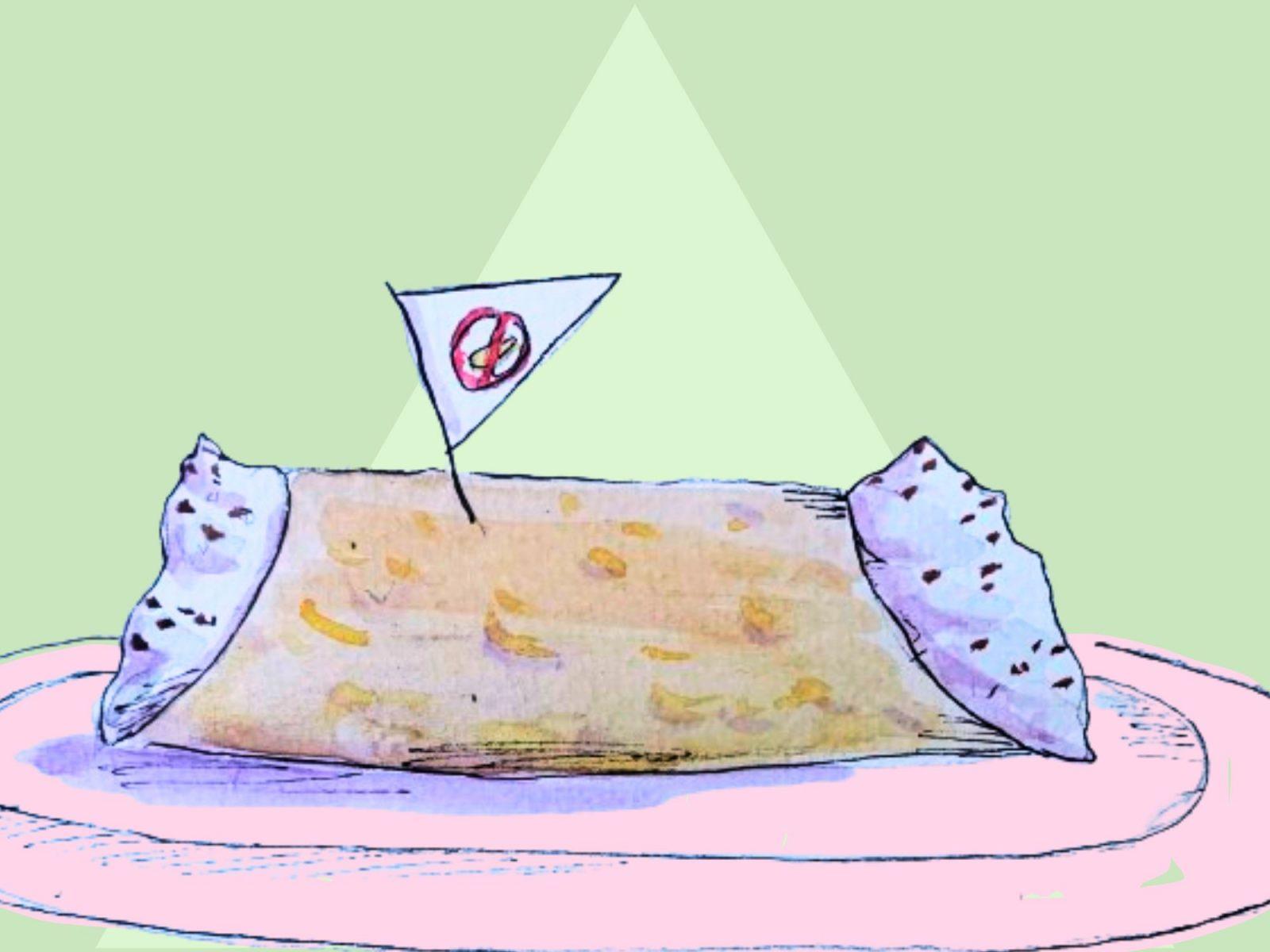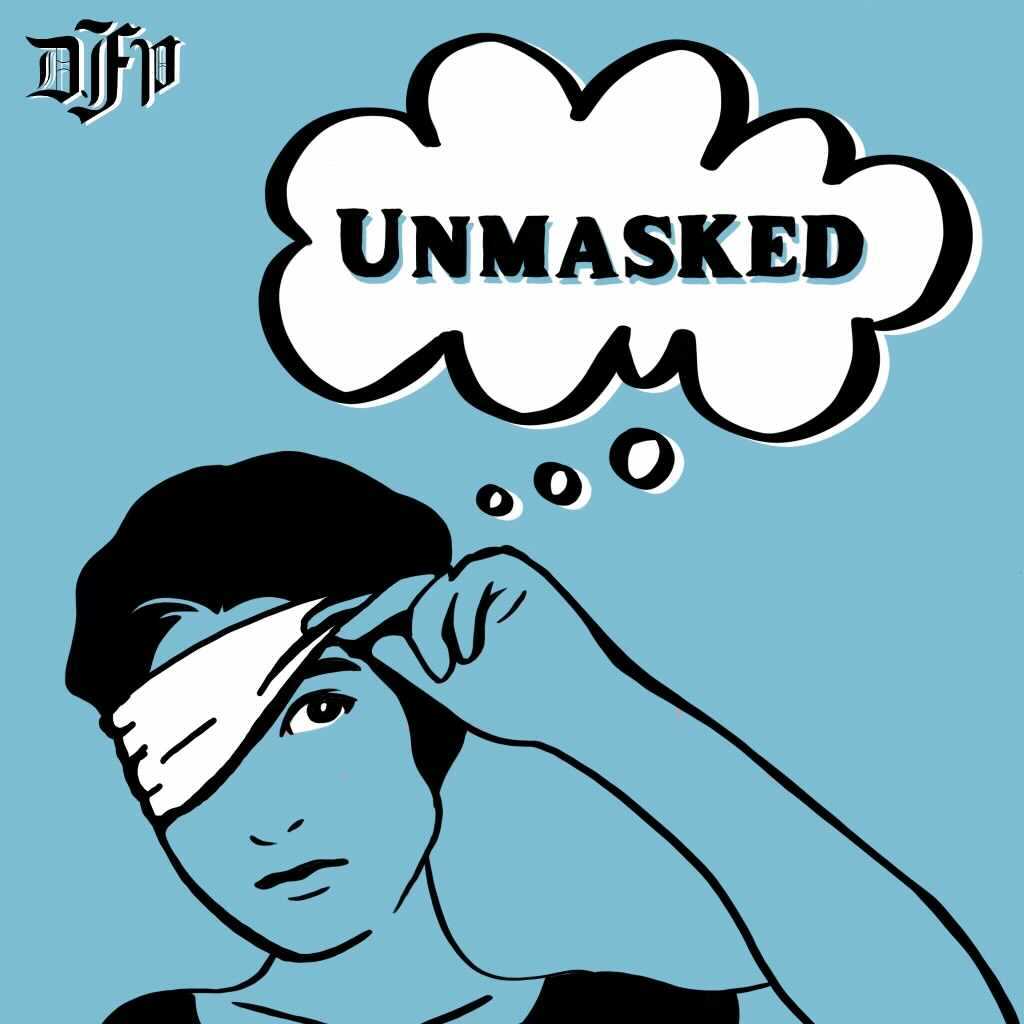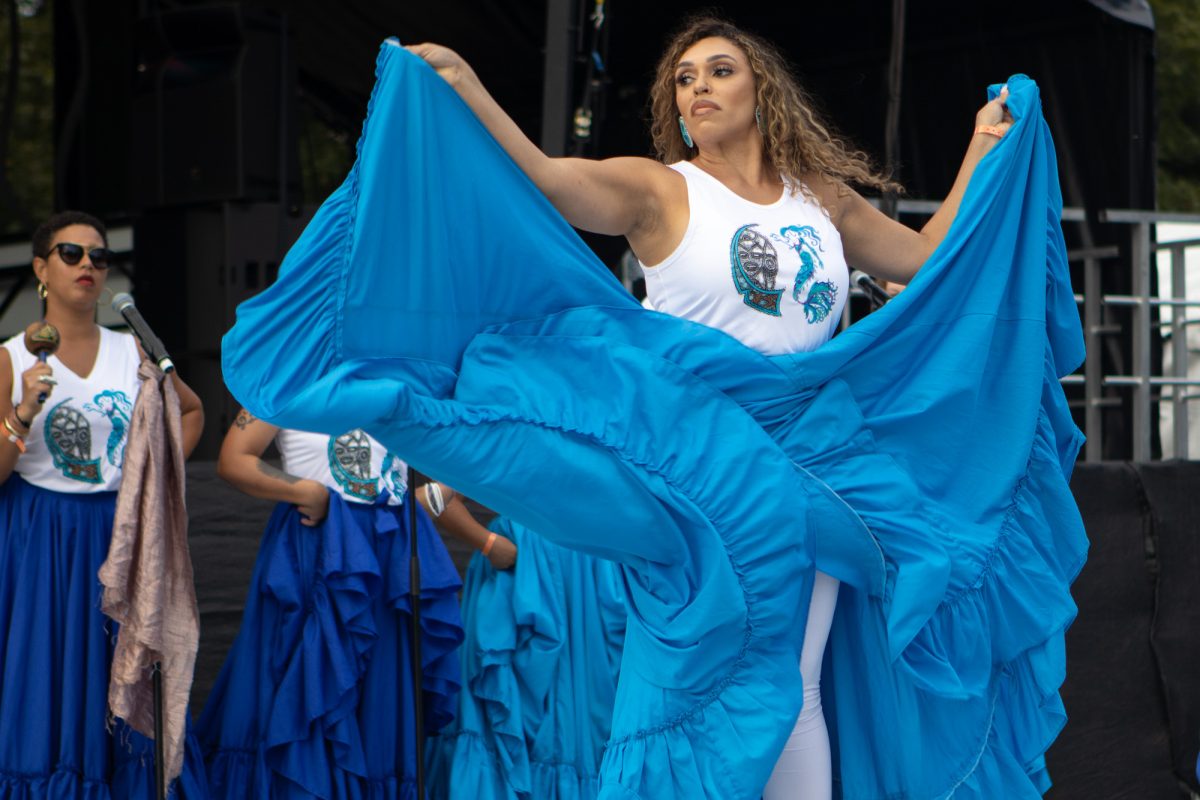As a longtime fan of Joan Didion and Eve Babitz, I was enthralled by Lili Anolik’s 2024 book “Didion and Babitz.” As a journalist and feminist, however, I was appalled.
Like so many young women in journalism, I am a Joan Didion devotee. Likewise, I am a major fan of Eve Babitz. While I admit some passages in “Black Swans” gave me a bit of a headache, I find her life and work enchanting.
So, imagine my shock when a book about two of my literary favorites left me with a sour taste in my mouth.
For all its flaws, the book did enough right to get me to read all 352 pages. It’s clearly well-researched and chock-full of quotes from a wide array of sources.
Anolik’s unconventional style is all her own yet clearly inspired by Babitz’s punchy prose. It’s modern and conversational, which makes an information-dense book a lot easier to digest.
Still, I have to admit — I can only stomach so many sentence fragments and dropped subjects before it becomes too much. Plus, it makes me shudder when authors break the fourth wall and address the audience as “reader” — something Anolik does very frequently.
However, my issues with Anolik’s odd syntax are nothing in comparison to the deeper issues in this book.
First and foremost, it should not be titled “Didion and Babitz.” I think “Babitz ft. Didion” would be much more apt.
Yes, the book does cover the lives of both Babitz and Didion, as well as the way they wove in and out of each other’s circles. That being said, the majority of the book is dedicated to exploring Babitz and a trove of her recently uncovered unsent letters.
If this were a work of fiction, Didion could be described as a framing device, as opposed to a fully developed character. Some of Didion’s biography is explored, but almost always as a means to draw another loose connection between her and Babitz.
I am interested enough in the life and times of Eve Babitz to read a full-length biography on her, as I’m sure many others are. So, why do you need to slap Didion’s name and likeness on the cover?
The primary focus on Babitz isn’t a result of Anolik’s subconscious bias — it’s because of her very clearly stated bias. Anolik quite literally tells us that she is “crazy for Eve.”
And for me, that’s where the real problem with “Didion and Babitz” lies: Why is the author, a journalist, choosing sides when covering two female literary icons?
Don’t get me wrong — there was definitely some element of competition between Didion and Babitz. They were writing about the same scenes at the same time as two women in a male-dominated culture.
However, none of the examples of actual antagonisms presented in the novel are worth writing home about. Anolik drums up drama by presenting everyone and their mothers’ opinions on what may have been going on behind the scenes — the key phrase being “may have.”
This semi-contrived competition is a clear reveal of Anolik’s deeper, more insidious bias: some serious internalized misogyny.
Ironically, the strongest chapter in the book is titled “Female Male Chauvinist Pigs.” Although the title is a reference to Babitz’s description of female photographer and former lover Annie Liebovitz as a “male chauvinist pig,” I think it may be a bit of Anolik’s subconscious telling on itself.
Even if it is not her intent, Anolik evokes an inverse version of the Madonna-whore complex — in which the whore is celebrated and the Madonna is to be denigrated. While Babitz is venerated for being a sexually liberated, fast-talking femme fatale, Didion is depicted as cold, unfeeling and sexually repressed.
Putting aside the pure TMI-ness of incessantly comparing each woman’s sex life, the evidence Anolik provides to show that Didion was a cutthroat careerist is mostly just evidence of Didion being an introvert and a dedicated journalist.
No one is immune to criticism — not even an icon like Joan Didion — but to criticize a journalist for being an objective observer is a confession of Anolik’s own misunderstanding of her role as a journalist.
Journalistic ethics continue to take a backseat for Anolik throughout the book. She commits the cardinal sin of getting herself involved in the story, incessantly describing her chummy relationship with Babitz. She positions herself as the Eve whisperer, practically bragging about how close she was able to get to the mostly reclusive writer.
Another journalism “no-no” Anolik makes is blending fact and hearsay. Anolik presents educated guesses as likely truths, relying on phrases like “What I think was going on” and “My intuition is that.”
Some of the most egregious assumptions Anolik makes revolve around Didion’s relationship with her husband, John Dunne.
At one point, Anolik entertains the idea that Dunne may have been attracted to Eve. Shortly thereafter, she posits that Dunne was actually gay. Later in the book, she suggests that Didion wrote “The Year of Magical Thinking,” a memoir about the year after Dunne’s sudden death, as a disingenuous ploy for attention. Yuck.
Anolik’s main sources aside from Babitz’s unsent letters are Babitz’s sister, Mirandi, and dozens of men who claim some form of responsibility for either Babitz or Didion’s success. I have honestly no other way to describe it than gross.
It’s clear both Didion and Babitz had to adapt in their own ways to survive the rife misogyny they came up against as female writers. Where Babitz made love like a man was expected to, Didion operated her career like a man was expected to. Each woman did what they could to survive in a male-dominated culture, and I don’t think one decision is better than the other.
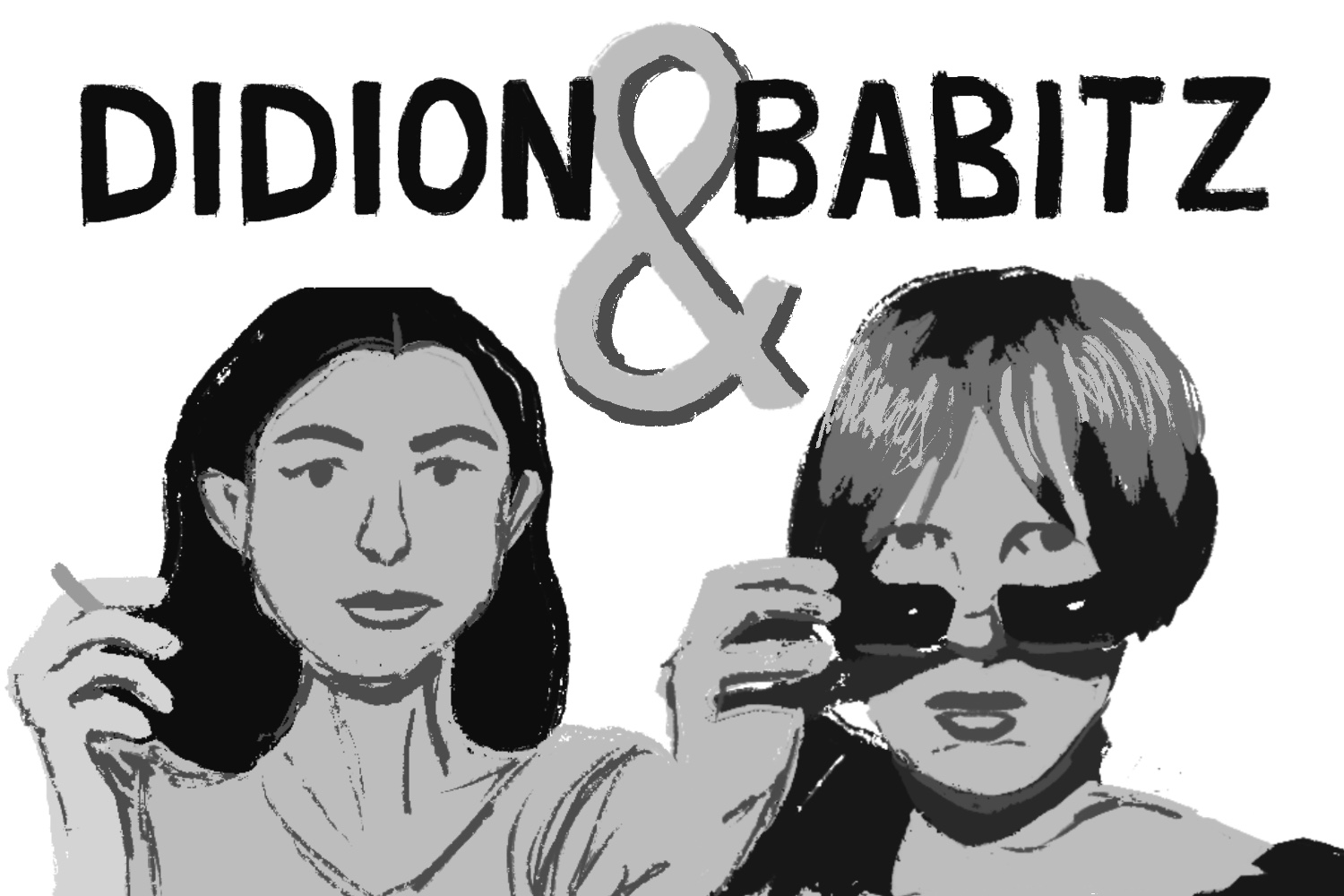
While she is quick to call out Didion’s mistakes, Anolik refuses to ever hold Babitz accountable for her actions — including, but not limited to, her controversial political beliefs in her later years.
It was Didion who helped get Babitz’s first story published in the first place. She offered little aid to Babitz after that, but for good reason — Babitz fired her as her unofficial editor.
Still, the rest of the book paints Didion as some horrendous woman-hater, when it was Babitz who rejected any more assistance in the first place.
It feels like Anolik wrote this book to defend Babitz against, well, everyone? Anolik places the blame for Babitz’s lack of comparable success on Didion herself, painting her as the poster child of conformity.
At the end of the day, Anolik is bearing a cross that isn’t actually hers to bear.
So yes, did Anolik teach me some new information about the lives of Didion and Babitz? For sure. But did she convince me that she is a good journalist? Not really.



